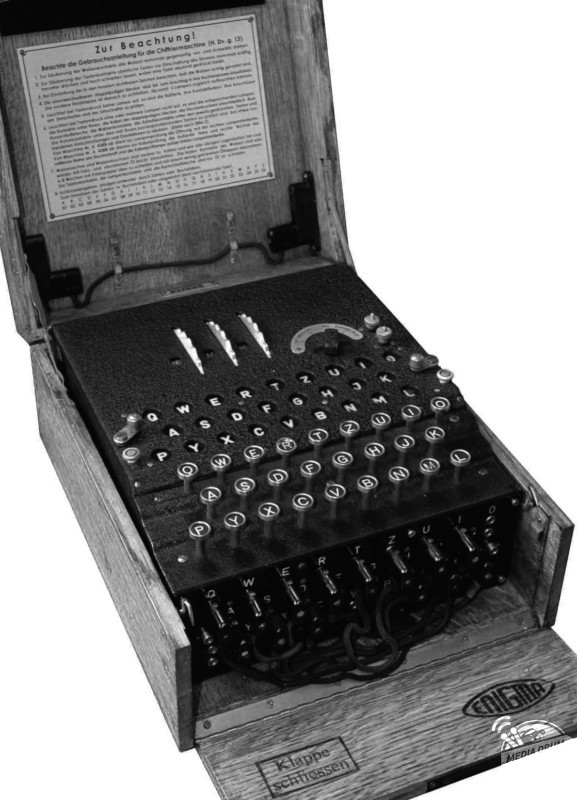
Cracking the Enigma Code
By Zoe Cassell
THE STORY of codebreaker Alan Turing’s spymaster boss who was persecuted by the UK government for speaking out about his wartime experiences has been revealed in a new book.
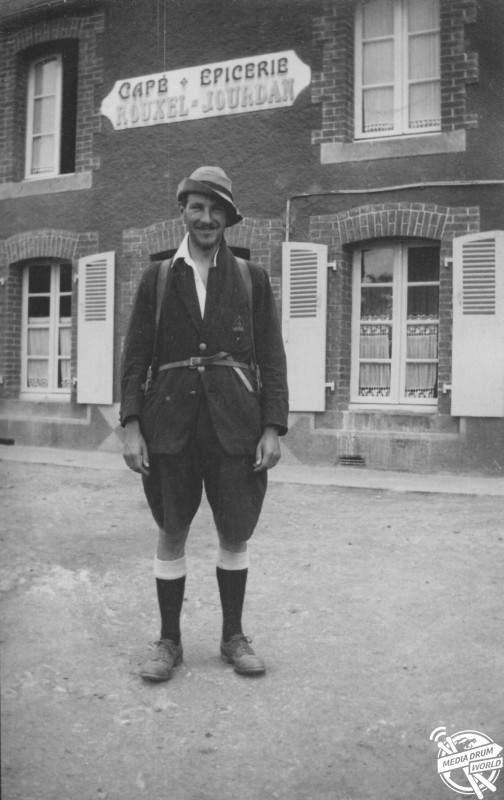
Joel Greenberg / mediadrumworld.com
The publication tells the story of key WW2 figure Gordon Welchman who in 1982 was persecuted by UK and US intelligence agencies after revealing how he managed to hack into secret German messages encrypted by the Enigma machine.
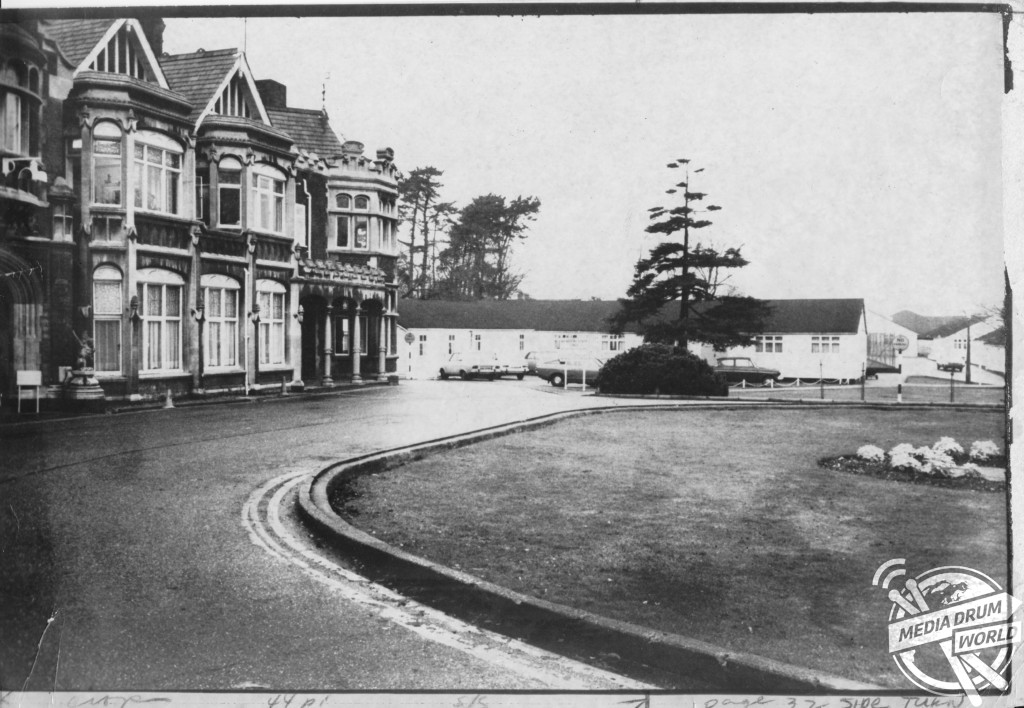
Joel Greenberg / mediadrumworld.com
Entitled ‘Gordon Welchman: Bletchley Park’s Architect of Ultra Intelligence’ and written by Joel Greenberg, the book is published by Frontline Books.

Images released in the book show the standard three-wheel Enigma machine and the British Typex cipher machine the Brits used to decode the encrypted messages.
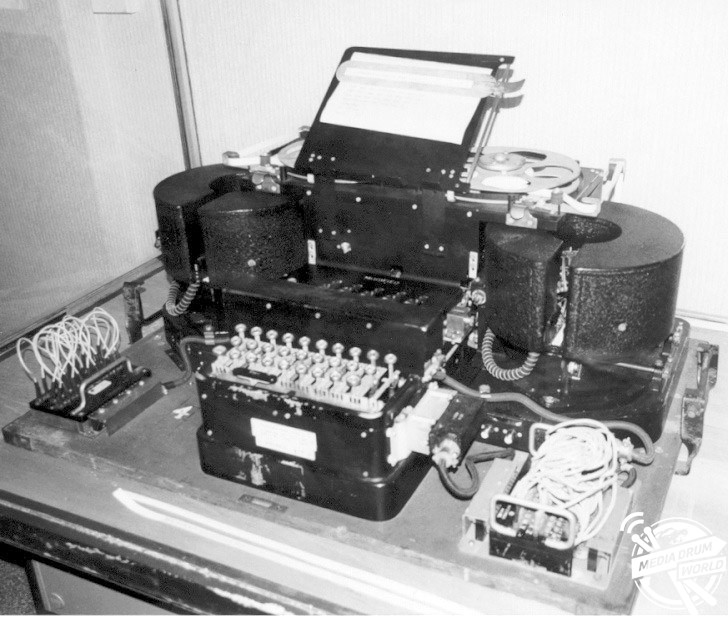
Joel Greenberg / mediadrumworld.com
“In the early years of World War Two Welchman was transformed into a key figure in the triumph of Bletchley Park (BP),” said Mr Greenberg.
“He was one of the first to recognise the need for a rapid expansion of BP’s infrastructure for the decryption and analysis of intercepted Enigma traffic.
“He drew up an organisational plan which would enable BP to achieve such an expansion.
“He invented a device which would transform Alan Turing’s design for the Bombe into a workable machine.
“BP then turned to Welchman to put his plan in place and he took on the leadership of the group which would ultimately decrypt over one million German Air Force and Army signals.”
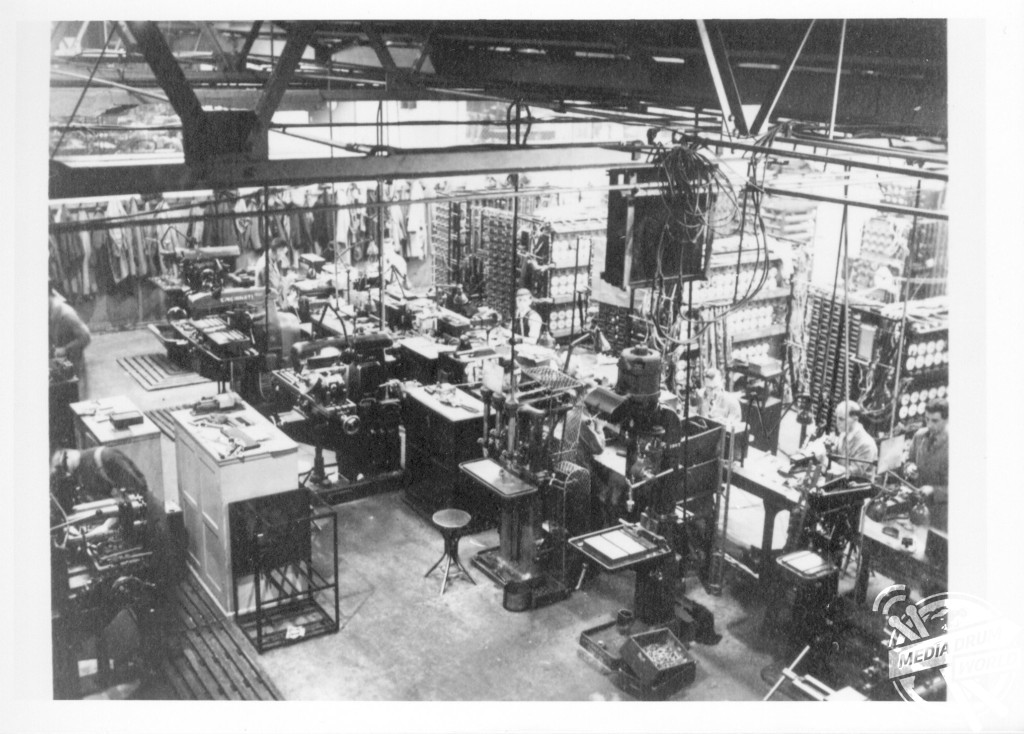
Joel Greenberg / mediadrumworld.com
Welchman had no previous experience of cryptography and was previously a lecturer at Sydney Sussex College in Cambridge where he taught geometry.
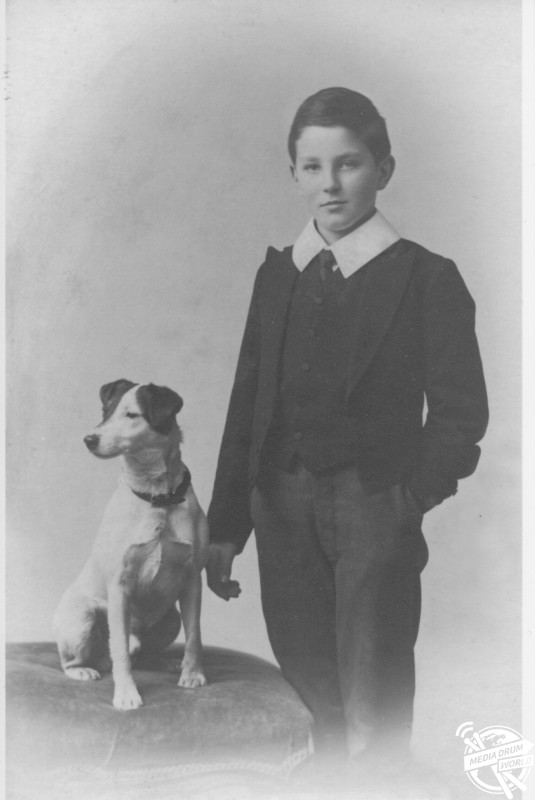
Joel Greenberg / mediadrumworld.com
Following his success in the war, Welchman was appointed Director of Research for John Lewis and Co.
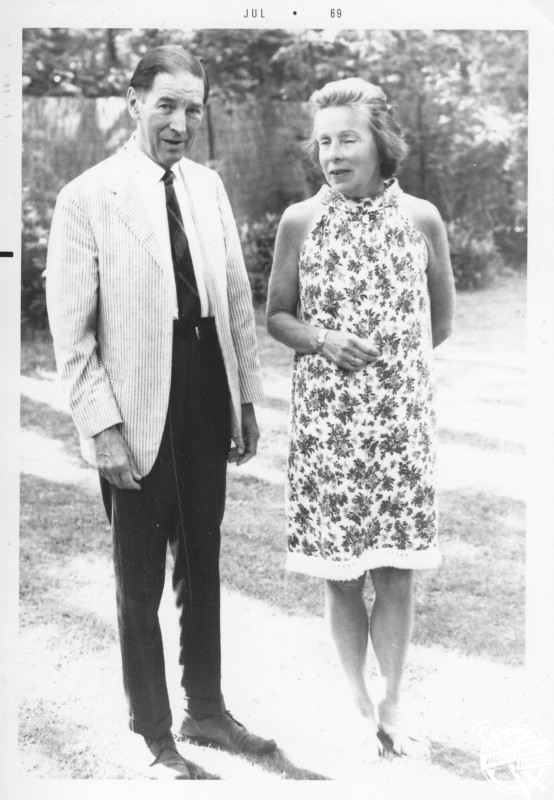
Joel Greenberg / mediadrumworld.com
“In 1948 he decided to emigrate to the US and initially played a key role in Project Whirlwhind, an ambitious project which would apply computers to air traffic control and security,” Mr Greenbery continued.
“After working for several companies in the American computer industry, in 1962 he joined the MITRE Corporation which provided technical assistance to the US Air Force.”
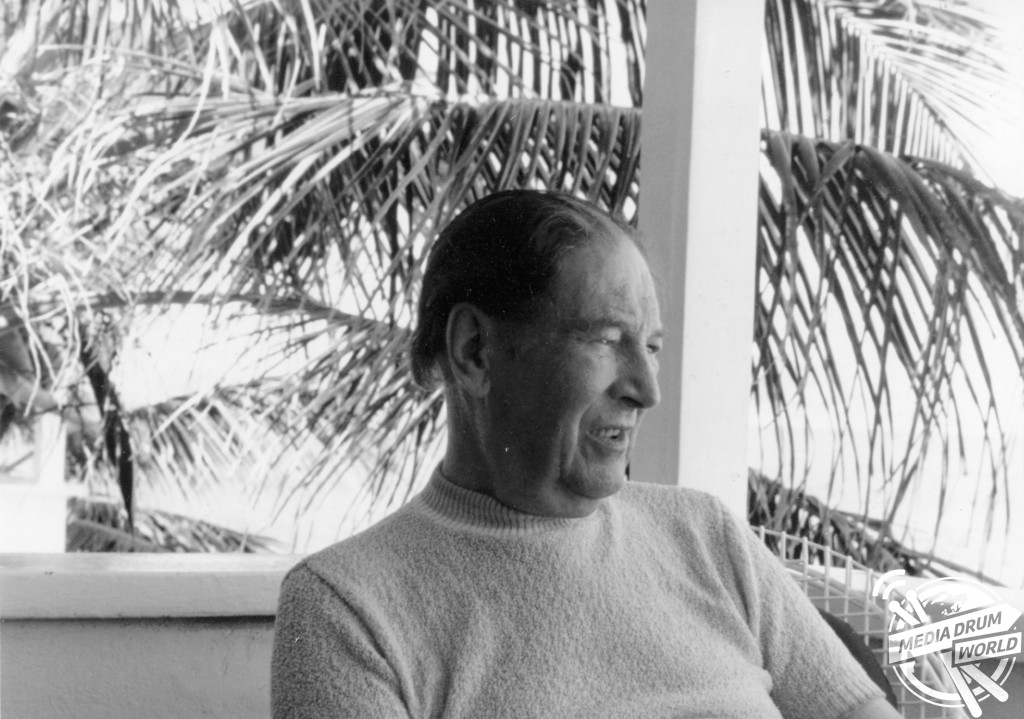
Joel Greenberg / mediadrumworld.com
His work in the States led to several inventions which are now at the building blocks of American air defence systems.
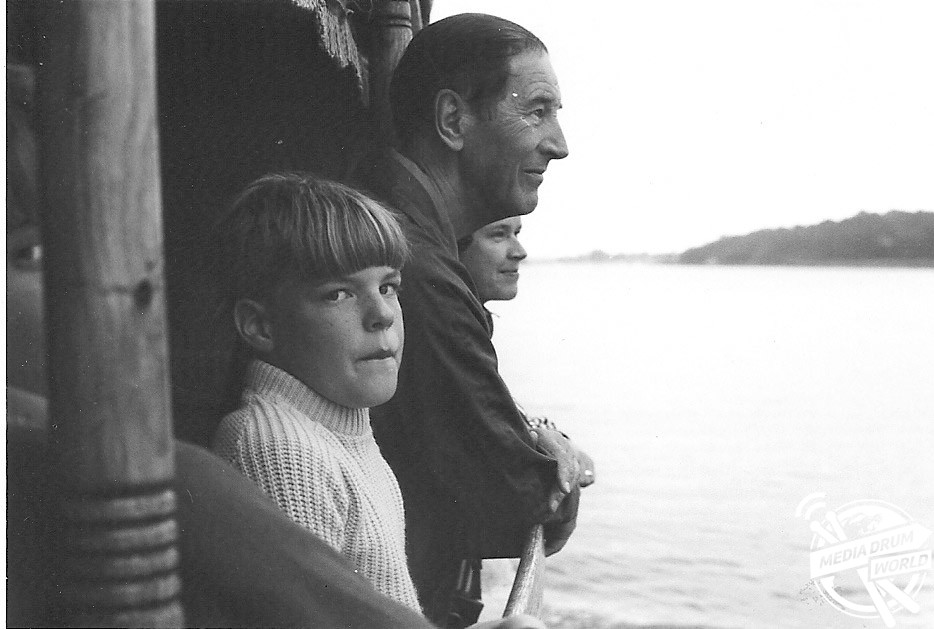
Joel Greenberg / mediadrumworld.com
“In 1974, following the publication of Frederick Winterbotham’s book, The Ultra Secret, Welchman felt that he was at last released from his wartime pledge of secrecy,” Mr Greenberg explained.
“He had always been scrupulous in protecting the secret of his wartime activities and had avoided all conversation about the war itself.
“This was not a position that he felt comfortable with and in 1982, Welchman’s own account of the BP story was published first in the United States and then in Britain.
“It provided a detailed description of how encrypted German communications sent over wireless networks had been intercepted by Britain’s ‘Y’ Service and subsequently read by the codebreakers at BP.
“The book, The Hut Six Story, aroused considerable concern in both Britain’s Government Communications Headquarters and its American counterpart, the National Security Agency.
“It resulted in Welchman losing his security clearance and his livelihood as a consultant for MITRE.”
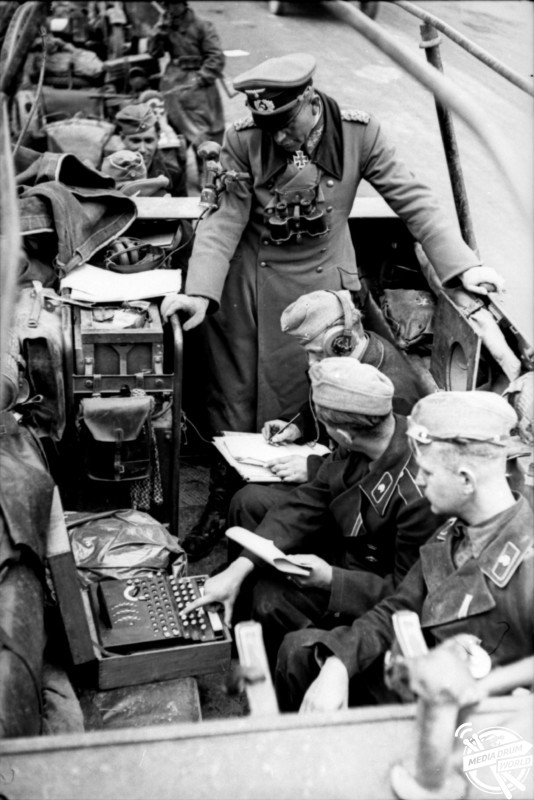
Joel Greenberg / mediadrumworld.com
Joel Greenberg’s book ‘Gordon Welchman: Bletchley Park’s Architect of Ultra Intelligence’ is available to purchase on Amazon for RRP £25.00






